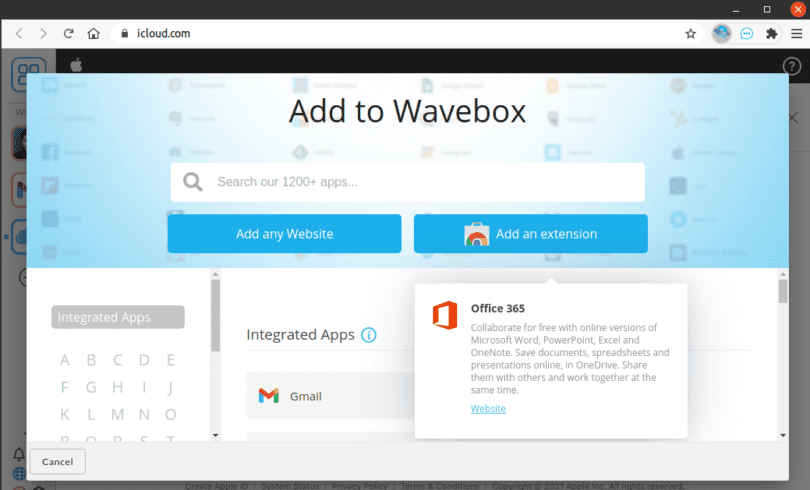
If you have difficulties after a software update, you can revert to the previous (working) Linux kernel. Your system was proven to be stable with that kernel. Leave at least one previous kernel on your system. To permanently remove from the ‘Trash’ folder, right-click on the Trash and then choose the ‘empty trash’. To delete the selected file, choose ‘move to trash’ from the displayed dropdown list.

Refresh the GRUB (boot) menu by entering the following into a terminal window: sudo update-grub Go into the Ubuntu file system and right-click on a file that you want to delete from your system. Select any of the older versions and click the Remove button.ĥ. Refer back to your current kernel, which needs to remain on the system. Click this link to display the list of Linux kernels.Ĥ. In the lower-left corner, you should see a hyperlink for Show xx technical items. Enable the search bar and search for linux-image.ģ. This option only works if you’re running a graphical interface (GUI).Ģ. In older versions of Ubuntu, you can remove kernels manually using the Software Center. Remove Old Kernels Using Ubuntu Software Center Use the uname -r command if you need your current kernel version. Doing so could render your system unable to boot. Note: Do not remove the current Linux kernel in use. You now have access to the Synaptic Package Manager graphical interface. Launch the Synaptic interface from your terminal by typing: sudo synaptic The installation takes a few moments to complete.
#UBUNTU REMOVE WAVEBOX INSTALL#
Install Synaptic by entering the following command in your command line: sudo apt install synaptic -y Like most tools of this type, it’s necessary to locate the software packages you intend to remove, mark them for removal, and confirm your choice to complete the removal process. Synaptic is a graphical front-end for the apt package manager, and it allows you to install, remove, and upgrade software packages.
#UBUNTU REMOVE WAVEBOX HOW TO#
How to Remove an Old Kernel with Synaptic

These tools can remove a wide variety of unneeded data, such as cached web browser histories, old kernels, and other unwanted software. This section focuses on how to remove old kernels using Synaptic and Ubuntu Cleaner on Ubuntu 18.04. Using additional graphical tools can give you a better perspective and prevent you from making costly mistakes. The command-line interface can, at times, be difficult to navigate when working with large sets of data. For example: sudo dpkg ––purge linux-image-5.3.0-28-generic Use Graphical Tools to Remove Old Kernels in Ubuntu 18.04. Make sure you type the exact name and number of the kernel you want to remove.

Remove a kernel with the ii status: sudo dpkg ––purge


 0 kommentar(er)
0 kommentar(er)
